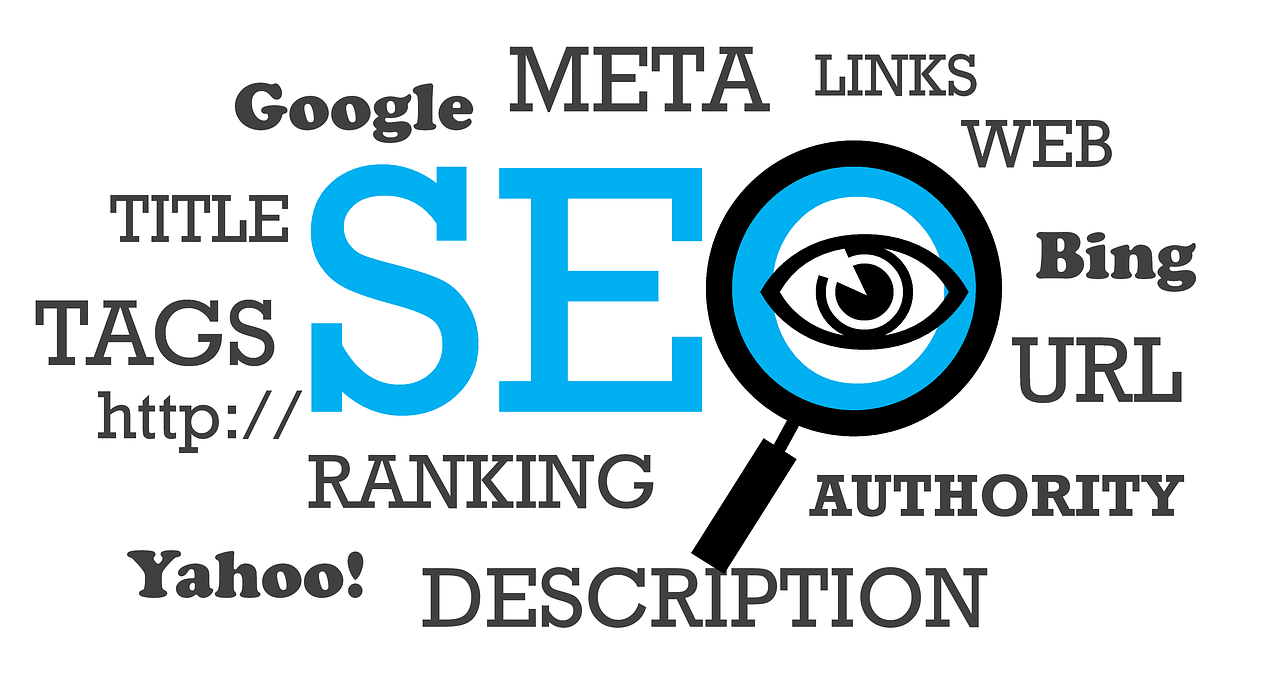Getting your website to the top of Google is easy if you know how.
Here are 5 SEO tips for a small business.
A website is absolutely important for a small business. It is your digital “business card”, your corner of the internet where your customers can find you and know more about your brand and what you offer them. The internet is the first place your buyer will look when they want a particular solution to a problem.
For example, how often do you wonder where to eat out and you Google “restaurants near me”? Or when you want to buy a pair of shoes you Google “affordable stylish boots”. How about random item searches such as “where can I buy tasty toobs chips online”? Okay the Toobs chips Google search is random but incidentally, that particular search term attracts 110 searches per month! (Crazy right?)
The point is, we live in a digital age. When we want something answered nowadays we usually don’t phone a friend and ask about it, we ask Alexa, Siri or Google Assistant who will then give us an answer based on a web query.
According to statistics, 93% of business decisions start with a search engine query. If you translate that to the Australian population (25.69 million), that is over 23 million people using search engines like Google to find a business for their needs! So it makes excellent business sense to invest in a web presence.
And the COVID19 pandemic has highlighted this even more, as the extended lockdowns forced many retailers and small businesses to shut up shop and many have even become bankrupt.
So how do you make sure your website will stand out among the many search results that Google returns when a customer searches for a business like yours?
The answer is SEO – search engine optimization. SEO is the process of improving your website so that it becomes visible to someone who searches for it on Google, Bing, Yahoo and other search engines. In other words, SEO is all about pleasing the search engine gods so they put your website at the top of the list.
How does SEO work?
Search engines like Google use bots to crawl websites and organise the information found in them in an index – think old school libraries where a librarian will organise books based on topics so you can easily find what you’re looking for.
Next, algorithms will analyse the information in each index based on certain factors to determine which information is the most relevant to a particular query. So when a user types in a query in Google for example, the algorithm will give her results that are the most relevant to her query (or which answers her question the best).
Which means that, to be found on Google, you want to appear on the first page (at the top of the list) rather than somewhere down the list (who looks at page 5 of Google results? Anyone?)
That makes SEO your most important tool for getting found in the giant tangle that is the world wide web.
So what are these “factors” that will help your website rank high on Google’s list? Well, Google never tells us their secret sauce recipe of course, but their number one mantra is “Content is King”. In other words, your words matter.
Here are my five tips that you can implement right now to make your website irresistible to Google.
1. Target your market
Get very specific on your target market. For example, don’t say your target market is “the average middle-class person”. That’s boring and bland. There is a saying “if you try to appeal to everyone you will appeal to no one”. That’s because your website copy will become generic and devoid of personality.
Generic copy is like receiving those “forward all” emails that get sent to everyone in the team. When you see it, you automatically think it’s not for you, or that it’s not as important. Which one will you open, the forward all email or the one addressed to you?
Copy needs to speak to an actual person.
So instead of your market being “the average middle-class person”, narrow it down to a specific person: “Twenty-six year-old Debbie who works at Aldi and is fond of cowboy boots.” Address your copy to Debbie.
2. Target your market’s specific problem
What’s Debbie’s problem? What is one thing that keeps her up at night? What is one thing that she would sell her beloved cowboy boots for?
When you have a specific target market in mind it’s easier to figure out what problem you’re trying to solve for them.
Make your copy all about solving their problems: why they need to solve their problems and how you’ll be the one to help solve them.
3. Keywords
What words will Debbie use to find the solution to her problems? What will she type in the Google search box?
She may use generic words like “hairdresser Sydney” or she might use more specific words like “hairdresser who can do an affordable balayage Sydney”.
One thing to remember with keywords is that the more generic the words, the more results there will be in Google (that is, you’ll have too many competitors). If there are too many results in Google, you will find it hard to make it to page one.
The more specific the search terms, the less search results there will be. So it’s best to go for the more specific keywords, because you have less competition. And less competition means you’ll get to the top of the search results faster.
4. Readable copy
Make sure your copy is easy to read and easy to understand by someone like Debbie. Don’t make your copy sound like something Professor Joe Archeologist with a PhD in History would say. But don’t have typos and bad grammar either because Debbie isn’t stupid. She’s looking for someone professional but can still speak her lingo.
That means no long sentences. No boring, long paragraphs. Keep your copy lively, to the point, and interesting, as if you’re speaking to Debbie herself.
Also, make sure your copy is scannable. Most people these days are too busy to read everything in full, but instead scan the page for relevant words. So that means the copy has to be easy to digest. You can make your copy scannable by:
- Having headings and subheadings
- Creating lists and bullet points (see what I did here?)
- Making key words stand out
- Putting in plenty of white space
5. Striking images
We all know the cliché “pictures speak a thousand words”. That’s because 90% of information that our brains process is visual, and our brain processes images 60,000 times faster than text! And would you buy anything that didn’t have a picture? Exactly.
In the Google world, images are even more important, because as you know, Google has the amazing search feature called Google images. So not only can you search for something based on text, but you can also search on images. In fact, a third of all Google searches are image searches. So it makes sense to ensure that not only is your web copy fantastic, but the images to go with the text is just as amazing, in order to attract your potential customers.
These are just some of the strategies you can use to make your website SEO friendly. Contact me if you would like help with getting your website Google-irresistible.



